Liliput L133027 User manual
Other Liliput Toy manuals
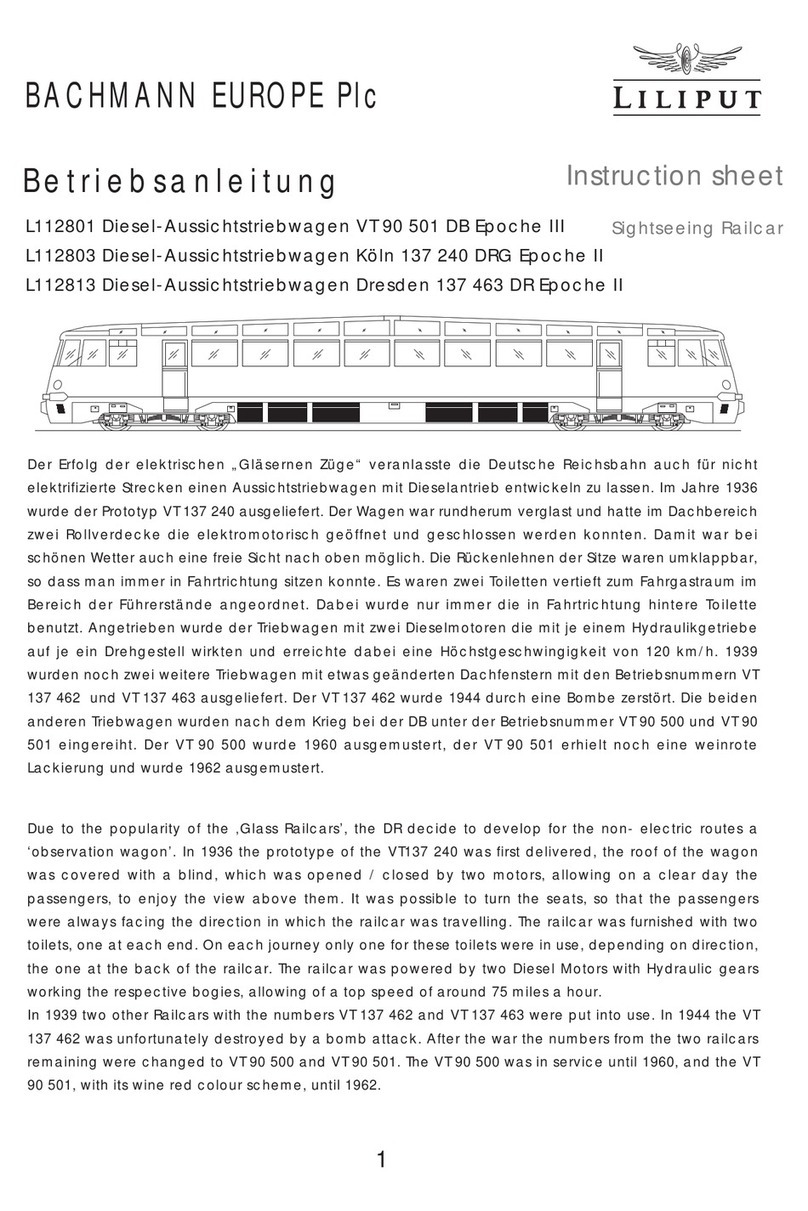
Liliput
Liliput L112801 User manual
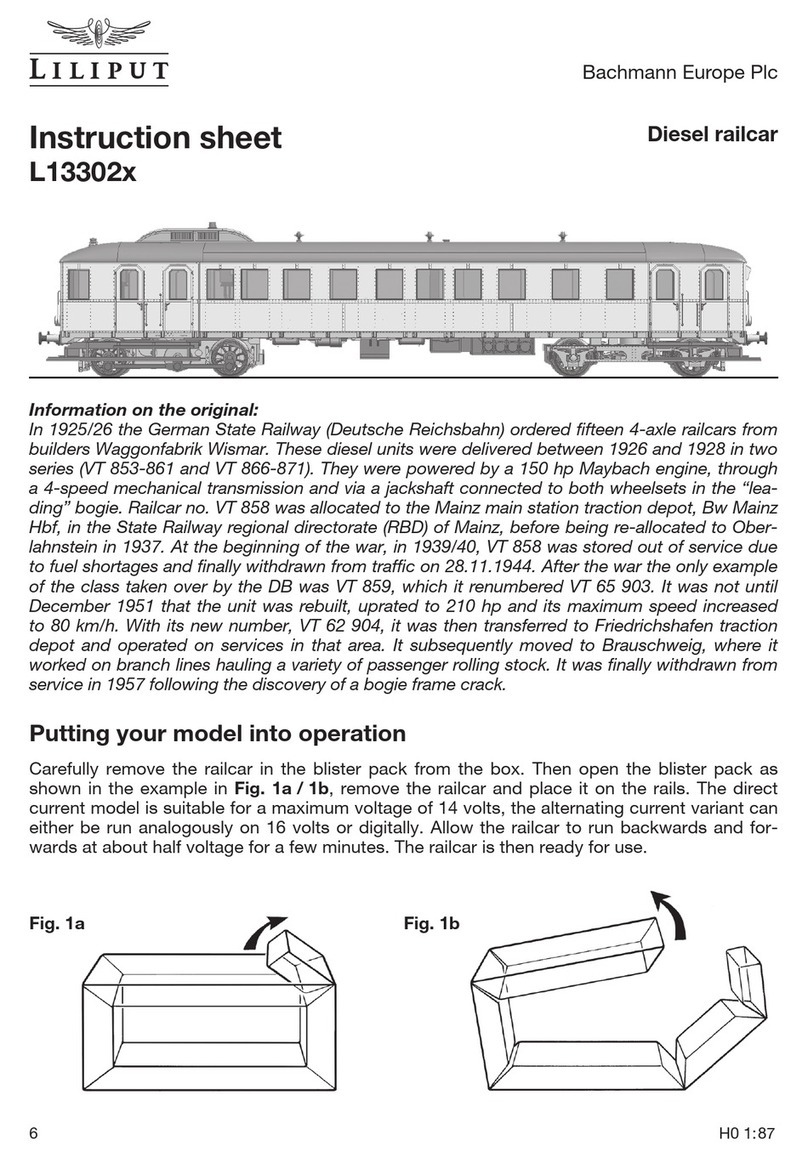
Liliput
Liliput L13302 series User manual
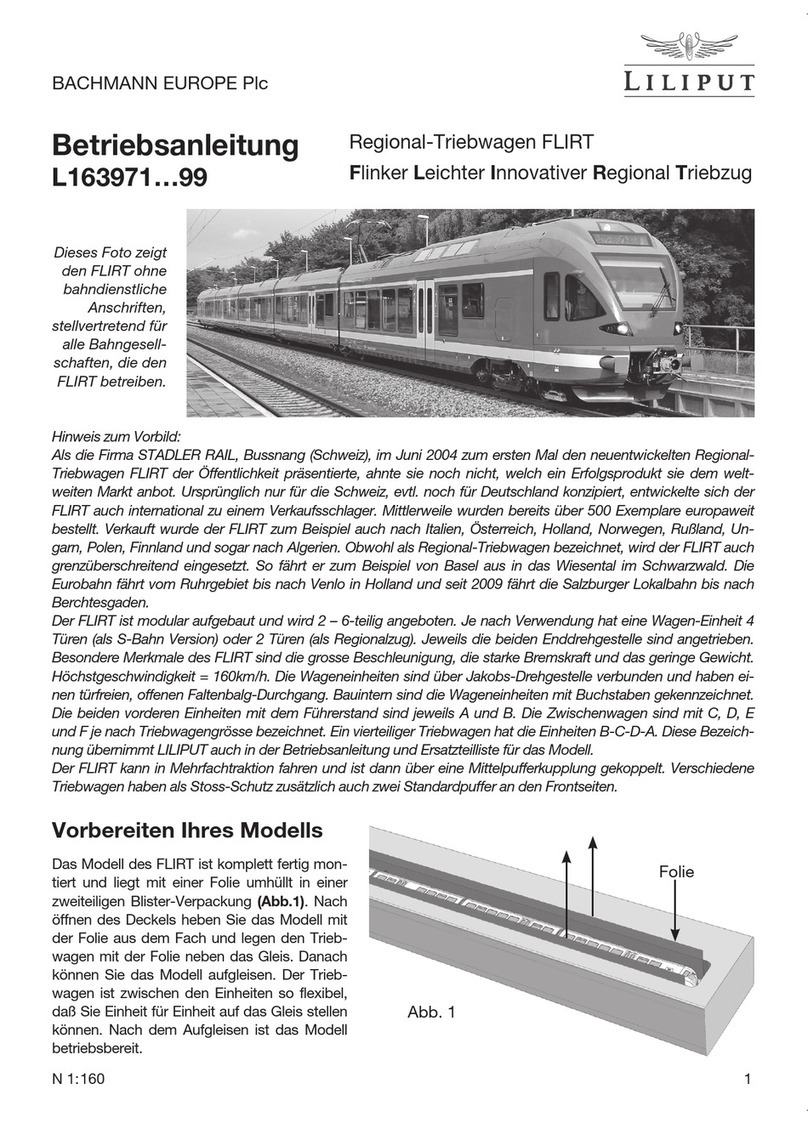
Liliput
Liliput L163971 99 Series User manual
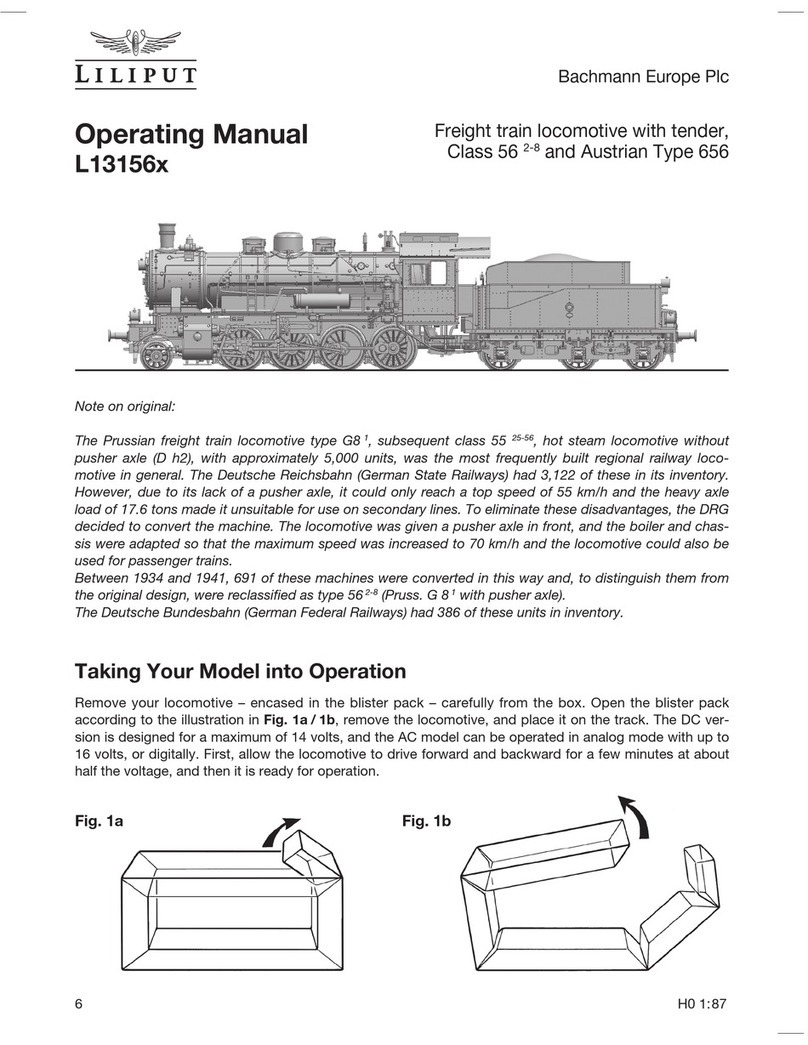
Liliput
Liliput L13156x User manual
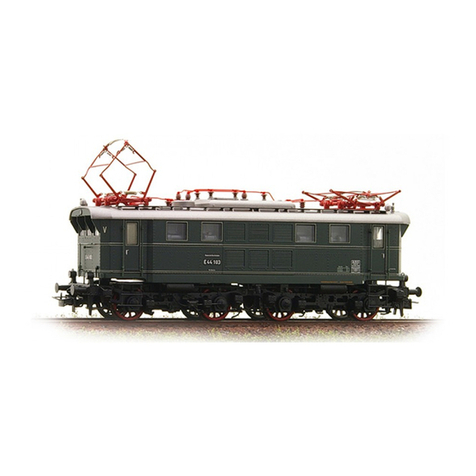
Liliput
Liliput E 44 Series User manual
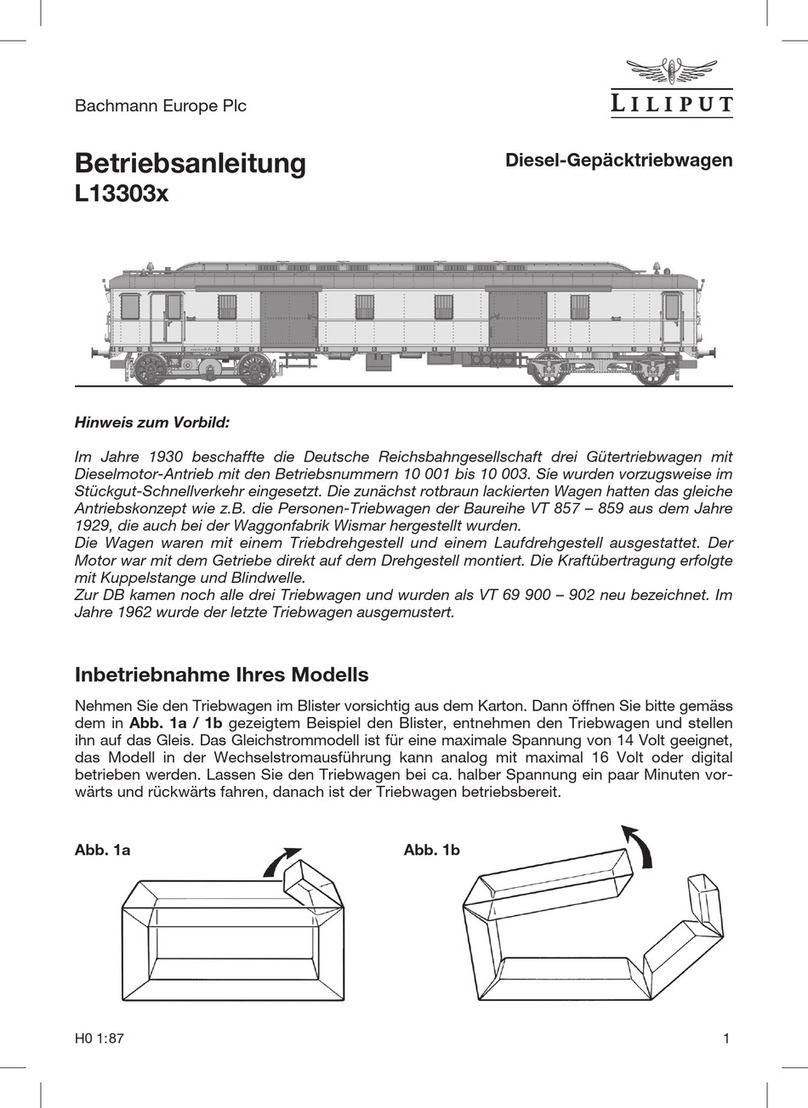
Liliput
Liliput L13303 Series User manual
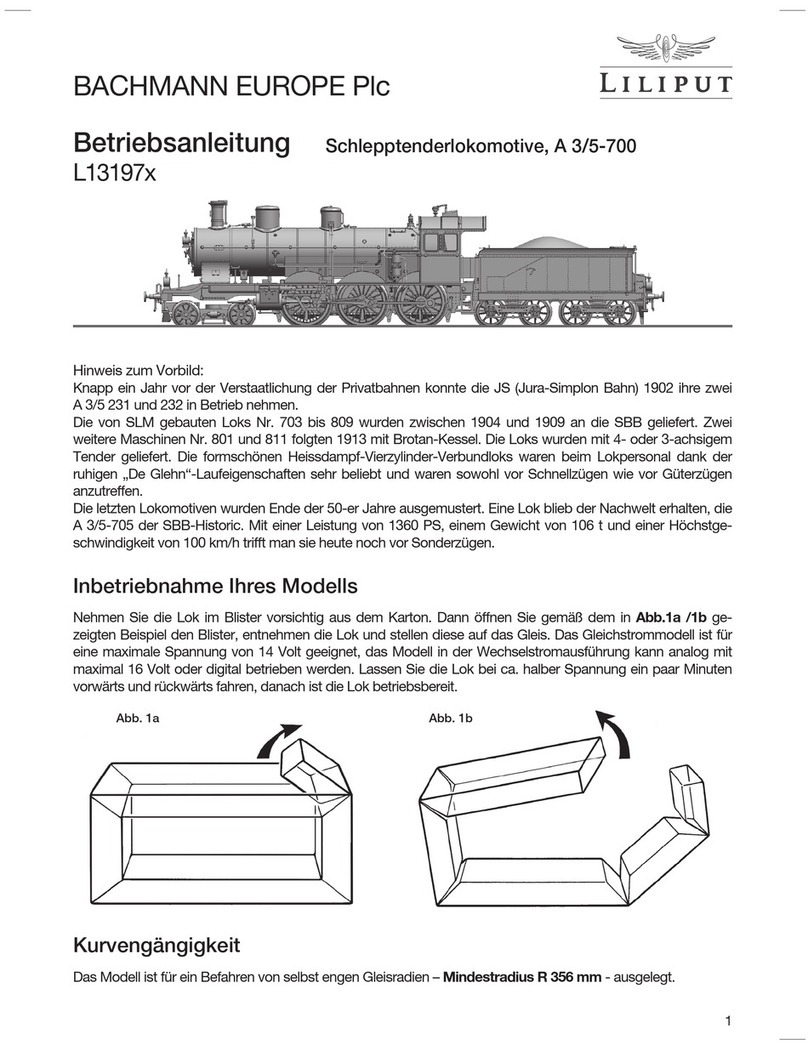
Liliput
Liliput L13197x User manual
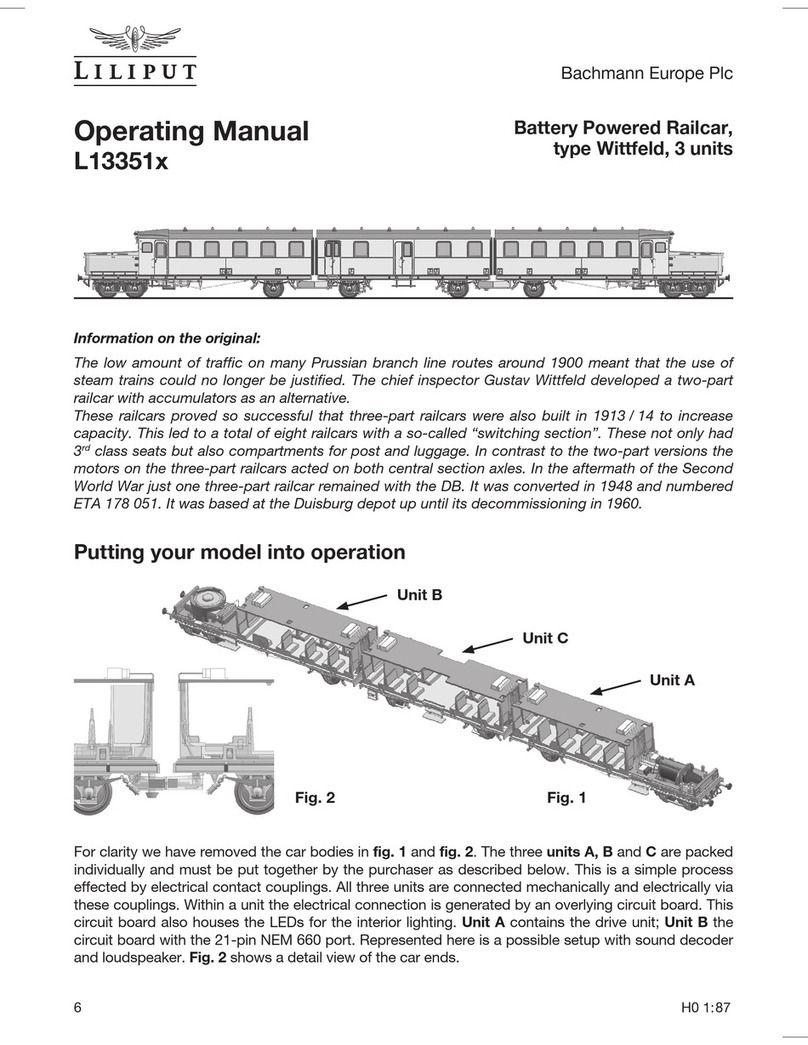
Liliput
Liliput L13351x User manual
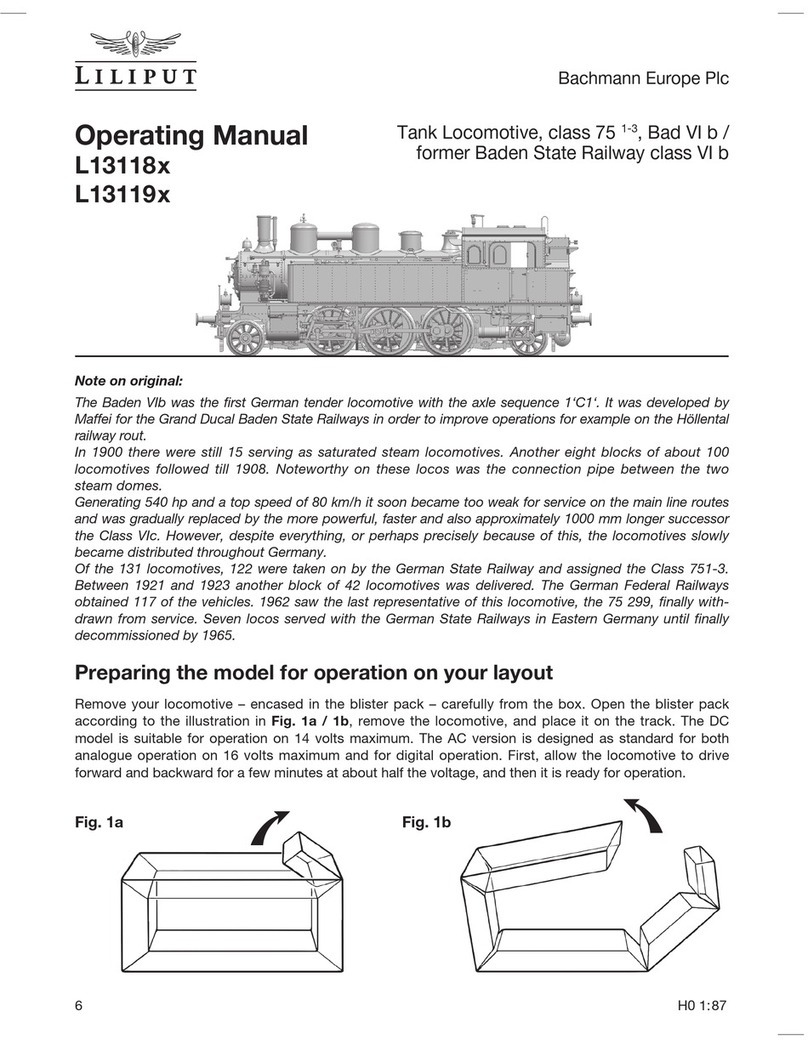
Liliput
Liliput L13118x User manual
Popular Toy manuals by other brands

FUTABA
FUTABA GY470 instruction manual

LEGO
LEGO 41116 manual

Fisher-Price
Fisher-Price ColorMe Flowerz Bouquet Maker P9692 instruction sheet

Little Tikes
Little Tikes LITTLE HANDIWORKER 0920 Assembly instructions

Eduard
Eduard EF-2000 Two-seater exterior Assembly instructions

USA Trains
USA Trains EXTENDED VISION CABOOSE instructions





















